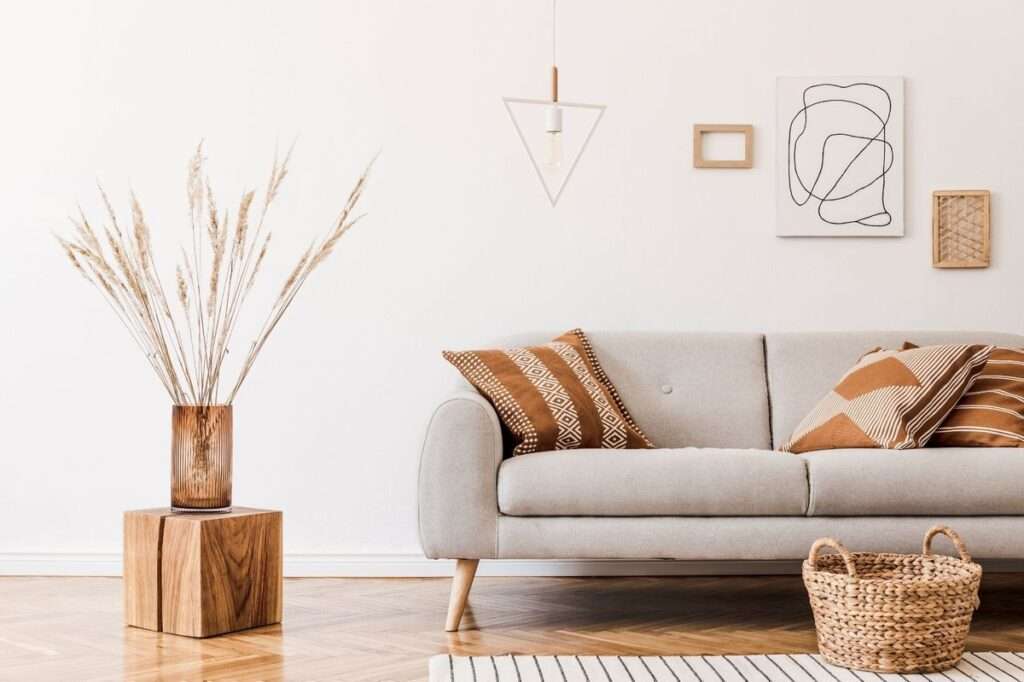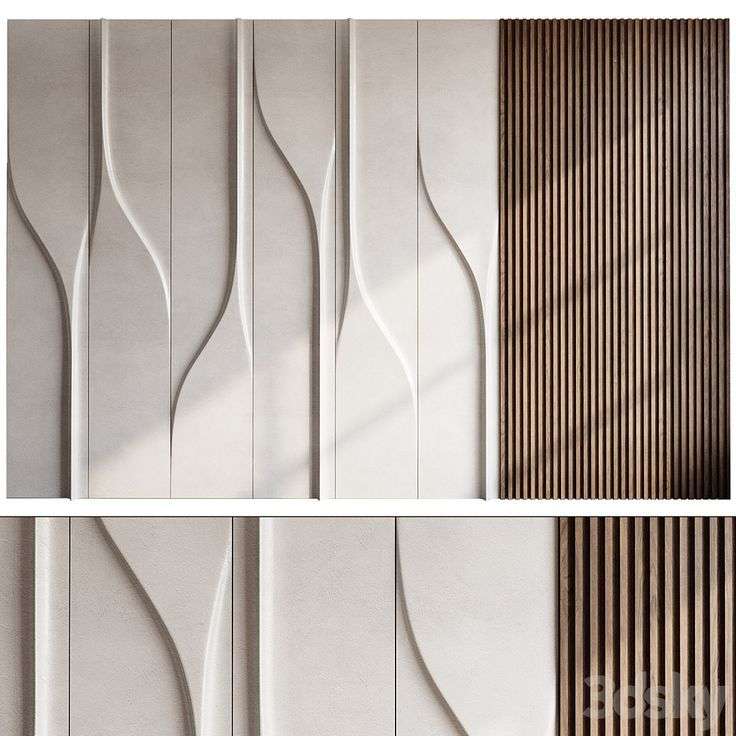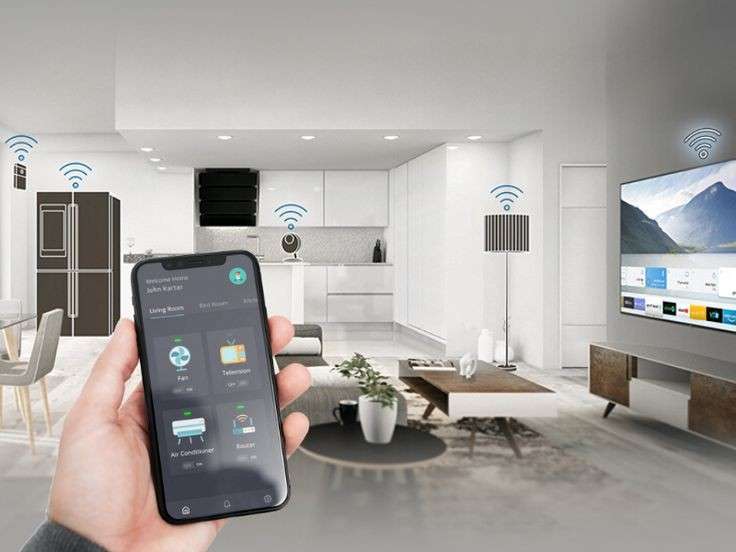In a world filled with distractions and an overload of possessions, minimalism has become more than just a design trend—it’s a lifestyle choice. Minimalist interior design focuses on simplicity, functionality, and the art of “less is more.” By adopting this approach, you can create spaces that are serene, clutter-free, and purposefully designed.
At Scale & Structure, we believe in the power of minimalist design to transform homes into peaceful sanctuaries. In this blog, we’ll explore the principles of minimalism and share tips on how to design spaces that reflect a clean, organized, and intentional lifestyle.

What is Minimalism in Interior Design?
Minimalism is an approach that embraces simplicity and functionality, focusing on the essentials while eliminating excess. In interior design, it involves using a pared-down color palette, streamlined furniture, and carefully curated décor. The goal is to create a space that feels open, airy, and calm, without being overly sparse or stark.
While minimalist design often includes clean lines and open spaces, it also emphasizes thoughtful design choices that prioritize both beauty and function. By focusing on quality over quantity, minimalist interiors encourage a sense of peace and order.
The Key Principles of Minimalist Design
1. Simplicity
The core principle of minimalism is simplicity. This doesn’t mean empty spaces or bare walls; rather, it’s about eliminating unnecessary items and keeping only what’s truly needed or valued. Every item in the space should serve a purpose, whether it’s functional, aesthetic, or both.
- Choose streamlined furniture with simple forms and neutral colors.
- Avoid heavy embellishments or overly ornate décor. Opt for clean lines and subtle details that add sophistication without cluttering the space.
2. Neutral Color Palette
A neutral color palette is a hallmark of minimalist design. Soft whites, grays, beiges, and muted tones create a sense of calm and spaciousness. Neutral colors help to unify the space and allow other design elements, like texture and lighting, to take center stage.
- Best for: Walls, flooring, and large furniture pieces.
- Add interest with textures like wood, stone, or natural fabrics to avoid the space feeling too sterile.
If you prefer a bit of color, minimalism allows for accents of muted tones like soft greens, blues, or warm earth tones. The key is balance—using color sparingly while ensuring it complements the overall aesthetic.
3. Functionality Over Form
In minimalist design, functionality takes precedence over decorative elements. Every piece of furniture or décor should have a clear purpose, and the layout of the space should promote ease of movement and flow.
- Invest in multi-functional furniture such as storage benches, fold-out tables, or modular shelving.
- Maximize natural light to make the space feel larger and more open, and use furniture that doesn’t block views or create obstacles.
The less is more approach doesn’t mean sacrificing style; it simply encourages intentionality in design choices. Each element should serve a dual purpose, whether it’s providing storage or enhancing the room’s aesthetic appeal.
4. Decluttering
A minimalist design thrives on decluttering. It’s about keeping only the items that are meaningful or necessary and finding smart storage solutions to keep everything organized and out of sight.
- Use hidden storage solutions like built-in cabinets, storage ottomans, or concealed shelving.
- Limit personal décor items to a few meaningful pieces, like art that speaks to you or an elegant vase.
Decluttering isn’t just about removing physical items—it also includes streamlining visual clutter. This could mean avoiding overly busy patterns or collections of small decorative objects.
5. Quality Over Quantity
Minimalism prioritizes quality over quantity, which translates to carefully selecting fewer, but higher-quality items. This means investing in well-crafted furniture, high-quality materials, and durable finishes that will last for years.
- Focus on statement pieces rather than filling the space with too many items.
- Opt for natural materials like wood, marble, linen, or wool, which add warmth and texture to the space.
Quality pieces add character and elegance without overwhelming the space, creating an atmosphere of quiet sophistication.
Tips for Designing Clutter-Free, Minimalist Spaces
1. Open, Flowing Layouts
A minimalist design thrives on open spaces and clear pathways. Avoid overcrowding rooms with excessive furniture or décor, and instead focus on creating a flow that allows the space to feel larger and more inviting.
- Use open shelving to store essentials while maintaining an uncluttered look.
- Consider open-plan layouts that let light and air flow freely through the room.
This approach ensures your space feels calm, organized, and functional—ideal for both relaxation and productivity.
2. Smart Storage Solutions
When designing minimalist spaces, it’s essential to integrate smart storage solutions that don’t detract from the clean, uncluttered aesthetic. Hidden storage options can help maintain an organized, tidy look.
- Built-in cabinetry or hidden compartments provide storage without taking up space or compromising the minimalist look.
- Floating furniture like floating vanities or desks helps maximize floor space and enhances the feeling of openness.
Smart storage solutions are key to keeping your space organized and clutter-free while maintaining the minimalist aesthetic.
3. Focus on Natural Light
Minimalist spaces rely heavily on natural light to create an open and airy feel. The more light you can bring into the room, the larger and more serene the space will feel.
- Use sheer curtains or blinds that allow light to flood the room while providing privacy.
- Place mirrors strategically to reflect natural light and make the space feel brighter and more expansive.
Consider positioning furniture in a way that maximizes views of windows and allows light to flow into the room.
4. Carefully Curated Décor
Minimalist design values a few, carefully chosen pieces of décor that add personality without overwhelming the space. Choose items that are meaningful, functional, or artistically significant.
- Select artwork that complements the neutral color scheme and brings a personal touch to the room.
- Use decorative items sparingly, such as a single vase or a statement sculpture.
Decor should enhance the space, not crowd it. The key is to strike a balance between functionality and aesthetic value.
5. Prioritize Quality Materials
Minimalism is about making thoughtful choices in every aspect of the design, including materials. Choose durable, high-quality materials that stand the test of time and improve the space’s overall look.
- Use natural wood finishes, polished stone, or concrete to add texture without overwhelming the space.
- Choose simple, clean lines for furniture and select fabrics that are both luxurious and functional.
The use of high-quality materials will elevate the space while keeping it simple and timeless.
Why Choose Scale & Structure for Your Minimalist Design?
At Scale & Structure, we specialize in creating spaces that embody the art of minimalism. Our team of expert designers will help you craft a home that’s functional, serene, and beautifully clutter-free. Whether you’re looking for a complete redesign or just need help curating the perfect minimalist touches, we are here to bring your vision to life.
Why Work with Scale & Structure?
- Tailored Design Approach: We understand that each client’s minimalist style is unique. Our team works closely with you to design a space that reflects your preferences and lifestyle.
- Expert Organization Solutions: We’ll help you select the best furniture and storage solutions to keep your home clutter-free while maintaining a chic and functional aesthetic.
- Sustainable Practices: We prioritize using sustainable materials and designs that not only look great but are also kind to the environment.
Ready to transform your home into a peaceful, clutter-free sanctuary? Contact Scale & Structure today to learn how we can help you master the art of minimalism.



